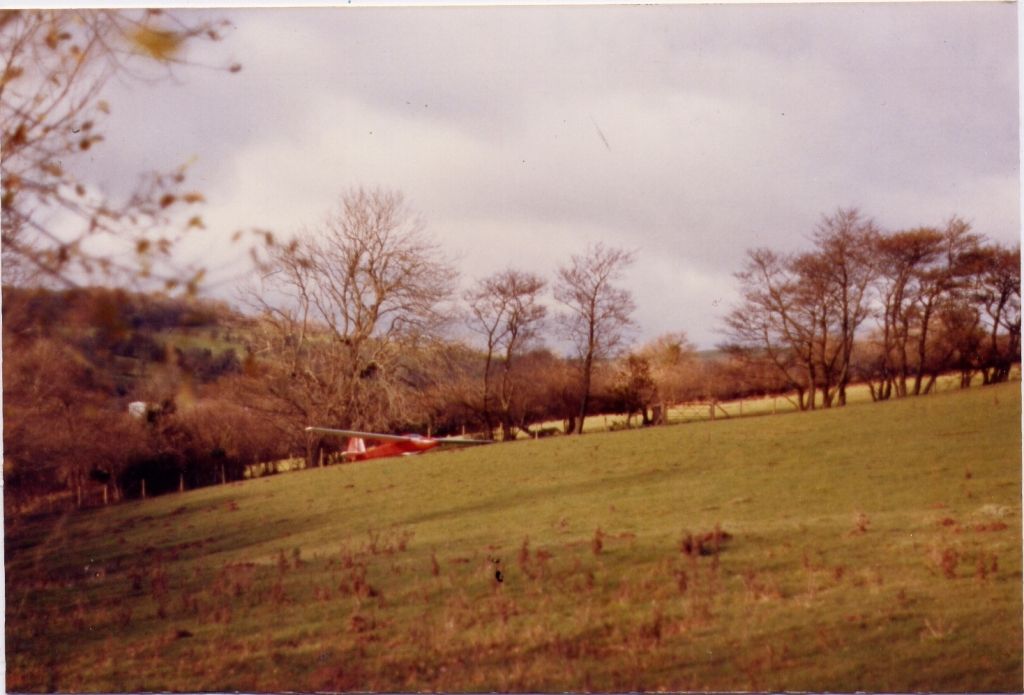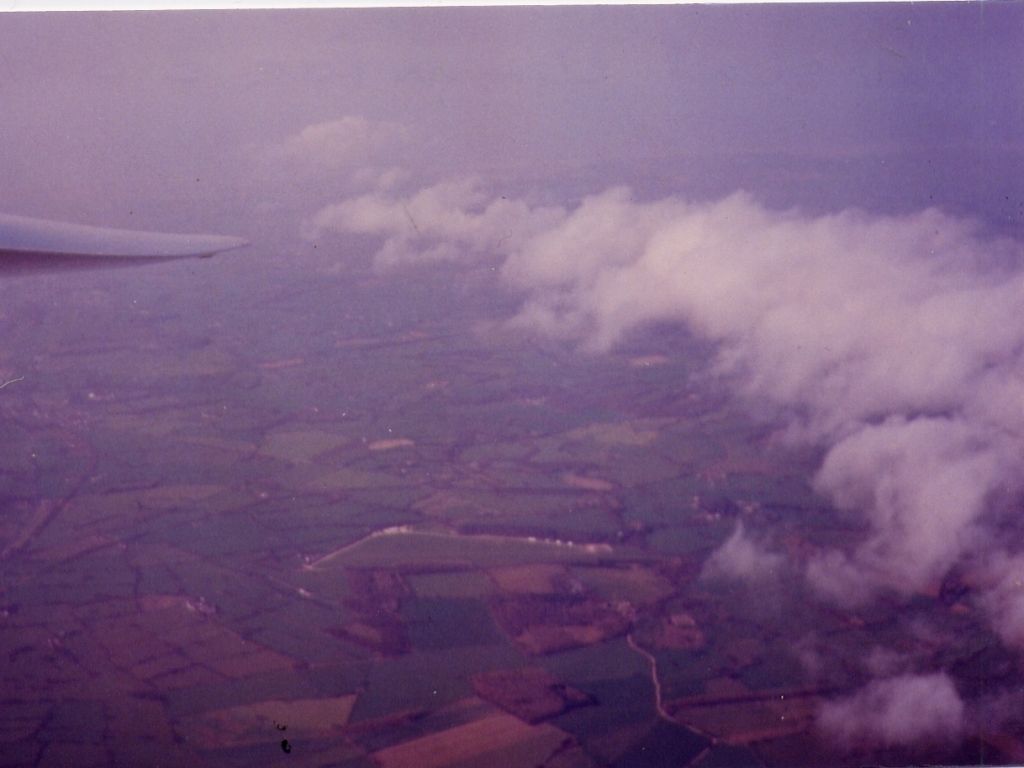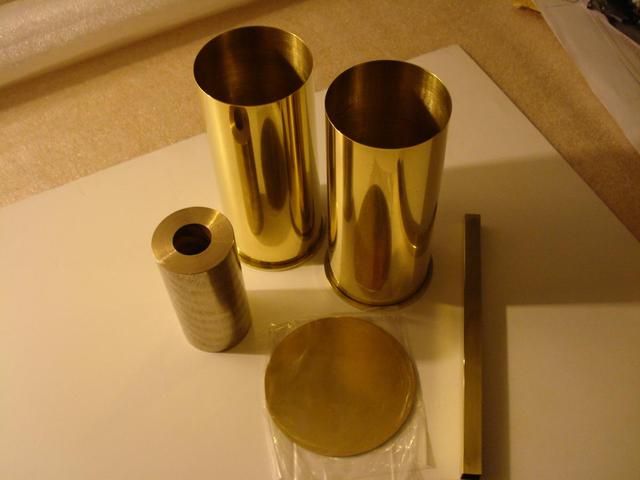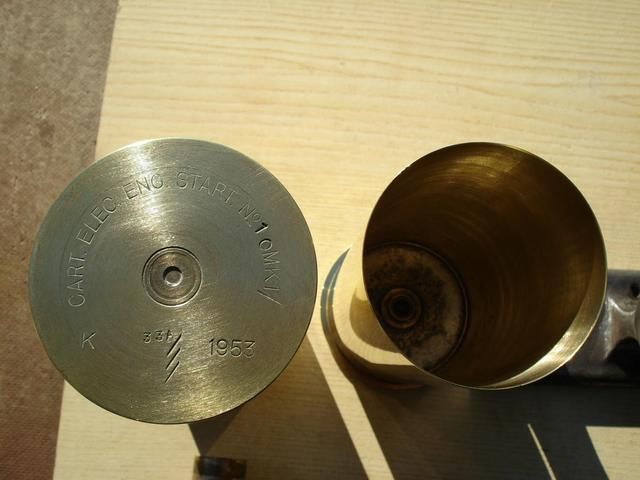Posted by John Olsen on 29/01/2017 11:05:43:
It would be more likely to be the rotor that would damage a glider. Quite often, under the lenticular wave cloud there is a rotor cloud much closer to the ground.
I'd agreed. The down of a wave is as smooth as the up, except that the glider is imitating a house brick. On the other hand rotor can be as rough as it comes. On the ground it can be dead calm under the rotor, whereas at a few hundred feet it is all hell let loose. At Aboyne, in a southerly, I've seen the windsock point to all four cardinal points, followed by straight up.
I had to look up the Sheffield incident – February 1962. It was part of severe westerly gales across a large part of the UK, over a couple of days. However, at least one report mentions a resonant lee wave effect. I think it is most likely that the damage was caused by rotor that reached down to the ground, rather than the wave per se.
Sometimes the only way to get into wave from a hill or winch launch is to climb in the rotor first; exciting stuff. Here's a picture of what happens when you get in the down of the wave and don't twig what is going on.  You end up in an unsuitable field, but the only one I could reach:
You end up in an unsuitable field, but the only one I could reach:

This is a picture of a roll cloud:

It was taken in North Wales, looking north towards the coast. The gliding site is the triangular field lower centre. The rotor worked rather well and could be soared almost like a ridge. The wave was odd that day too. The picture was taken after a climb to 20000 feet over Snowdon, having jumped foward two 'bars'. There were no lenticular clouds, just hazy blue sky. Unusually for high wave the climb rates were weak. I didn't see anything much above 150ft/min. The approach into the gliding club was exciting; the glider fell out of the sky at 200 feet and I ended up looking at the ground through my feet. 
Andrew
 Martin Connelly.
Martin Connelly.








